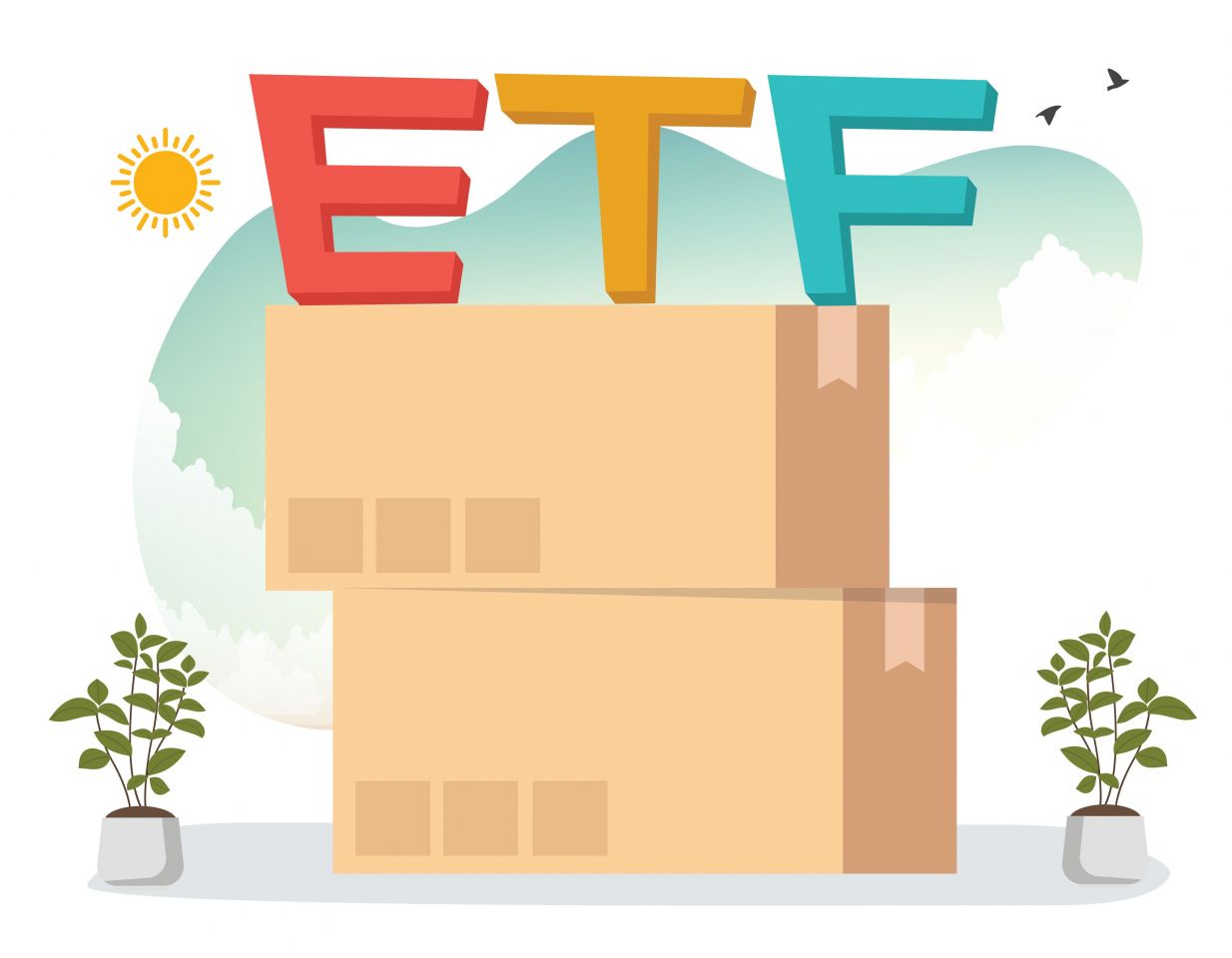What is a commodity exchange-traded fund (ETF)?

Investing in physical commodities, such as natural resources, agricultural goods and precious metals is known as commodity exchange-traded funds (ETFs). An ETF is a tradable security that listed on a stock market and behaves just like a share.
Where have you heard about commodity ETFs?
As an investor, you may have received marketing literature promoting investment in commodity ETFs. Your adviser may have suggested including a commodity ETF in your portfolio. Financial media sometimes debate the pros and cons of investing in commodity ETFs.
What you need to know about commodity ETFs.
Commodity ETFs can track any one of a number of commodities, including gold and silver, such as Two of the largest known ETFs: the SPDR Gold Shares and iShares Silver Trust; and oil, such as the SPDR S&P Oil & Gas Exploration and Production ETF. They do this by owning the underlying asset, whether bullion or futures in relation to that commodity. Investors then buy shares in these underlying assets.
The price of a commodity ETF will rise and fall in line with the fortunes of the underlying assets. Instead of underlying securities like public stocks, commodity ETFs are comprised of futures or asset-backed contracts that track the performance of a particular commodity or group of commodities.
Commodity ETFs can be a good way to get exposure to commodity investment without having to go through a commodity broker. Unlike mutual funds, with which they have something in common, they can be bought and sold throughout the trading day.